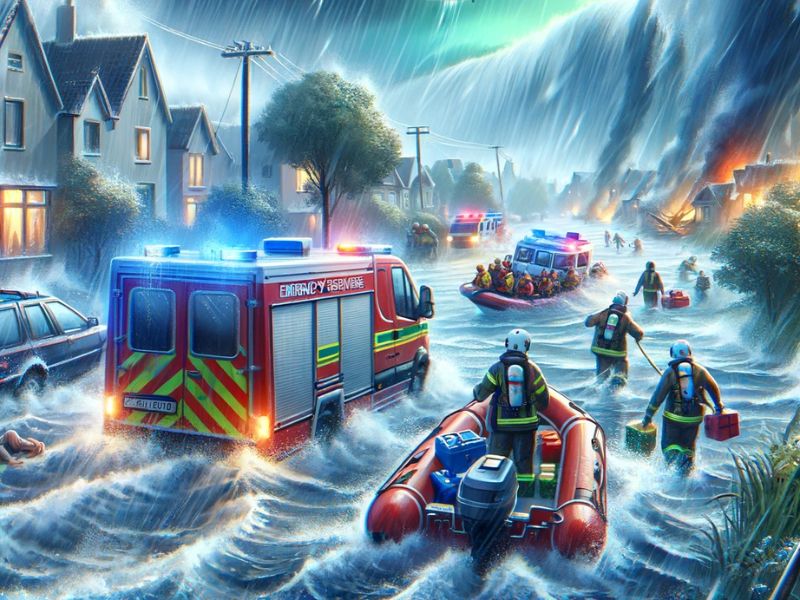

Northern Europe is facing a series of severe storms and floods, leading to casualties, extensive damage, and significant disruptions. These extreme weather events, including heavy rains and intense winds, are causing serious issues for the population and raising concerns about climate change and its influence on the frequent occurrence of such phenomena.
Recently, a storm hit several Northern European countries, bringing heavy rains and strong winds. This has resulted in the falling of trees and disruptions to transportation, with canceled flights and ferries and railway delays, especially in Norway and Germany. In Belgium, a woman was tragically killed by a fallen tree during the storm. These events highlight the vulnerability of infrastructure and the need for effective emergency plans.
In addition to storms, parts of Northern and Central Europe are experiencing severe floods following prolonged rains. Countries like Hungary, the Netherlands, and Lithuania are implementing prevention measures such as raising flood barriers. In Germany and the Netherlands, high river levels have led to flooding, with local authorities having to erect barriers to protect urban areas and prevent further damage.
Faced with these extreme weather events, emergency services are working tirelessly to address the consequences of storms and floods. This includes rescue and evacuation operations, as well as measures to ensure the safety of essential infrastructure. The rapid and coordinated response of rescuers is crucial in minimizing the impact of these events on the affected communities.
These recent extreme weather events in Northern Europe underline the importance of effective emergency management strategies and reinforce the need to address climate change. It is essential that the affected countries continue to develop adaptation and mitigation plans to reduce future risks and protect their populations.
Sources
